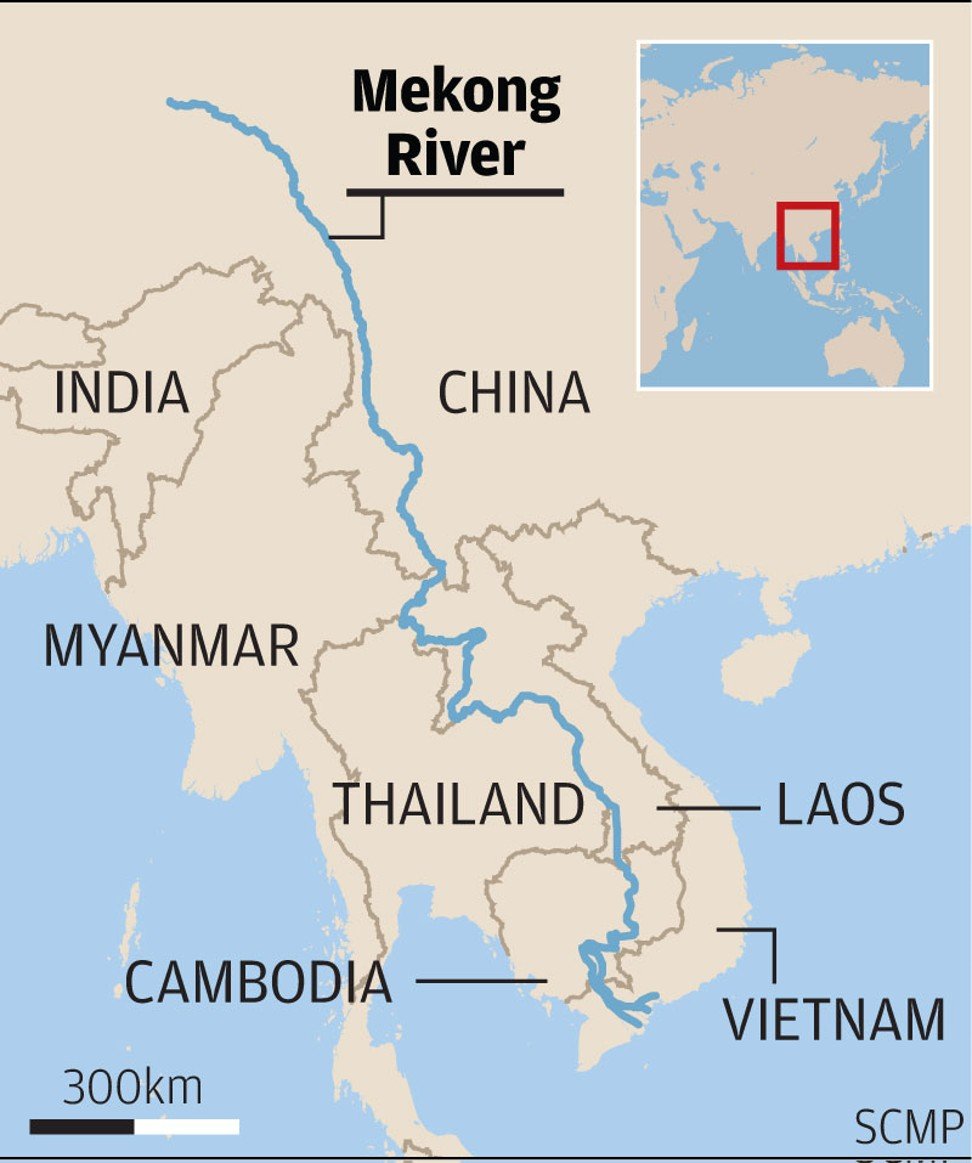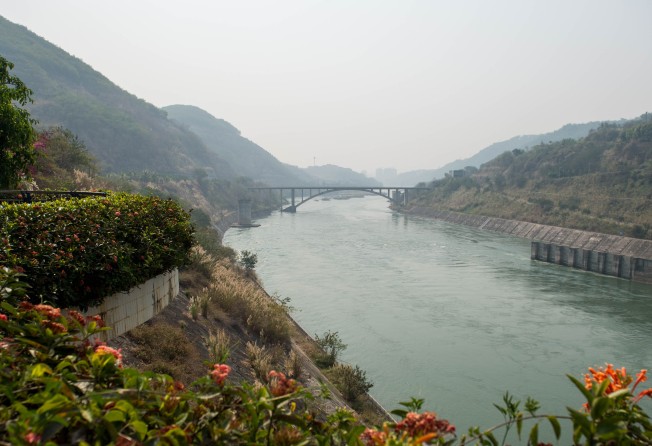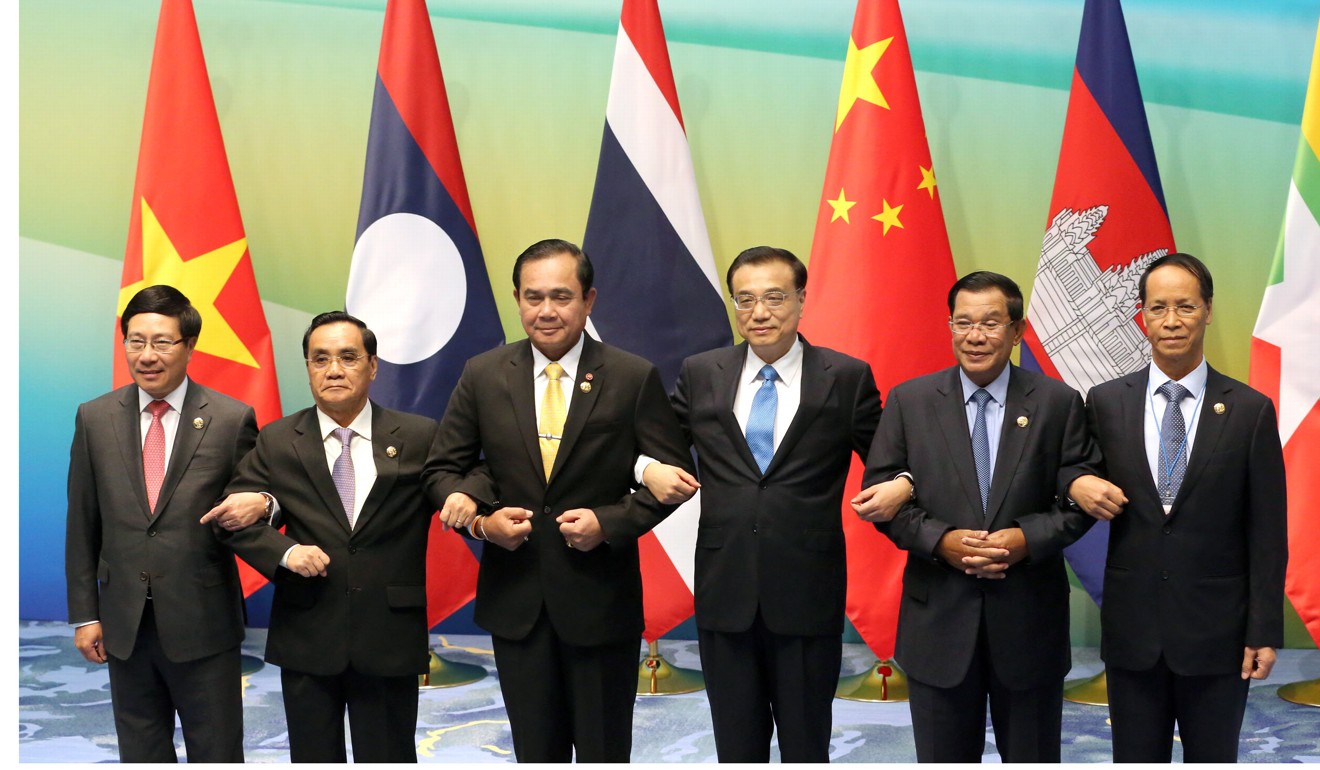
Five things to know about the Lancang-Mekong Cooperation summit
Five-year development plan, including construction of hydropower dams, is expected to top agenda at Mekong River nations’ conference in Cambodia

When China and the leaders of nations along the Mekong River meet on Wednesday at the Lancang-Mekong Cooperation summit in Cambodia, a top item will be mapping out a five-year development plan that would include building hydropower dams and other projects for the region – pointing to its importance in China’s ambitious belt and road infrastructure plan.
But while the cooperation mechanism was created to help ease tension over development projects, environmentalists remain unsatisfied.
Concern is growing that the potential for causing ecological damage will make the Mekong a flashpoint for China and Southeast Asia’s territorial disputes – effectively creating a new South China Sea.
Amid the backdrop of the river’s importance in connecting Europe through Southeast Asia and beyond in the grand infrastructure programme launched by President Xi Jinping, Chinese delegation leader Premier Li Keqiang will be looking to bolster China’s influence in the Mekong region as he faces his counterparts from Cambodia, Vietnam, Thailand, Laos and Myanmar.
Here are five key things to know about the summit and the significance of the Mekong River:
1. The river’s significance for China and Southeast Asia
The Mekong River, known as the Lancang in China, is the heart of mainland Southeast Asia. More than 60 million people depend on the river and its tributaries for food, water, transport and many other aspects of their daily lives.
The Mekong is the world’s 12th-longest river, running an estimated 4,880km. The basin is home to 1,200-1,700 fish species, making it the most diverse basin after the Amazon and Congo.
China is increasing its investment along the river through building dams and a navigation channel. So far seven megadams have been built and more than 20 are under construction or planned in Yunnan, Tibet and Qinghai, according to International Rivers, a US-based non-profit environmental and human rights organisation.
2. How China improves its stake in the region
Foreign ministers from the six countries along the Mekong met in southwestern China last month to approve a draft of a five-year development plan for the river. The draft is expected to be approved at the Cambodia summit.
Led by Minister of Foreign Affairs Prak Sokhonn, Cambodia signed a new cooperation agreement with China in December, receiving more than US$7 million to fund various projects, including monitoring water quality, restoring forests and combating land degradation.
Last year, China pledged US$400 million to support small and medium-sized enterprise projects along the river.

3. The purpose of the Lancang-Mekong Cooperation mechanism
The Lancang-Mekong Cooperation forum was established by Beijing in 2015. The body was seen as a rival to the long-standing Mekong River Commission, which has been around for more than 60 years but whose membership does not include China or Myanmar.
In the two years since the LMC’s creation, China has hosted three foreign ministers’ meetings and set aside billions of dollars to support 45 projects under the mechanism, including water resource research centres and cooperation on connectivity projects, industrial capacity, border trade, agriculture and poverty alleviation.
4. How cooperation along the river can potentially create conflict
Environmentalists and government officials have expressed concern over damage caused by China’s dam construction. When Vietnam experienced its worst drought in 90 years in 2016, experts said China was partly responsible because its reservoir dams had increased evaporation rates upstream.
China also plans to blast open the sections of the Mekong between Thailand and Laos to allow passage of bigger cargo ships. The plan has triggered opposition from residents and conservation groups in Thailand, who have complained that the plan would destroy the Mekong, killing fish breeding grounds and disrupting migrating birds. Protests against the plan have been staged since December.

5. How the summit can give China an opportunity to cement ties with Cambodia
Li is officially visiting Cambodia after the summit. Cambodian Prime Minister Hun Sen, facing Western donor pressure over a crackdown on critics ahead of 2018 elections, is seeking more aid and investment from China. Cambodian Minister of Public Works and Transport Sun Chanthol said the Southeast Asian nation needed around US$500 million a year to develop transport infrastructure. Concern is growing over Beijing’s increasing influence over Cambodia, which may affect the unity of the Association of Southeast Asian Nations on issues such as South China Sea disputes.